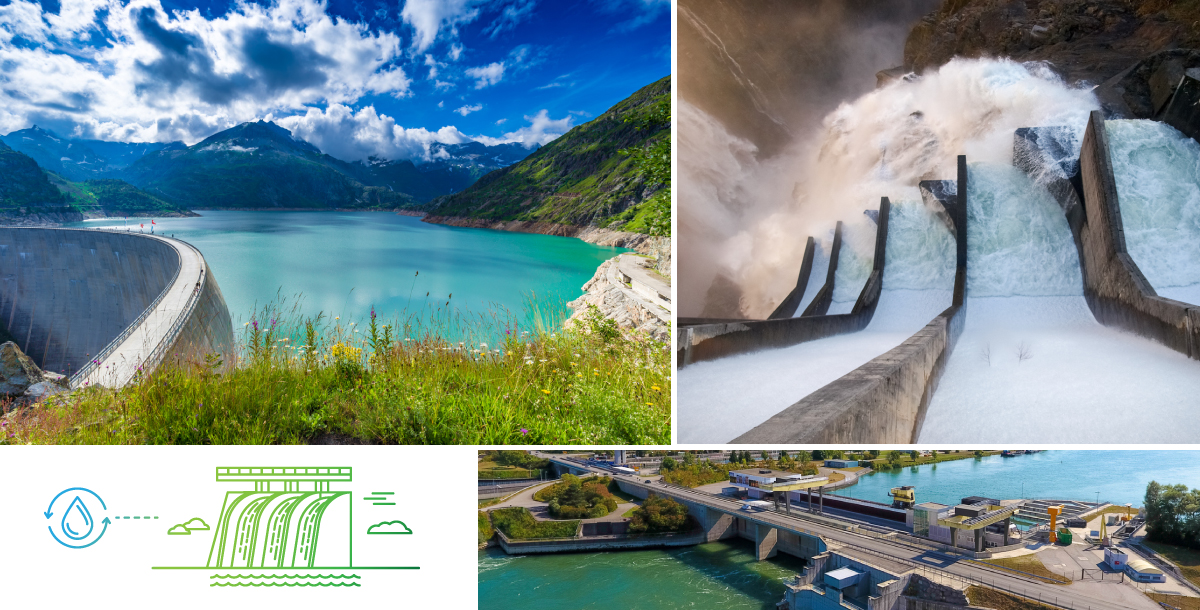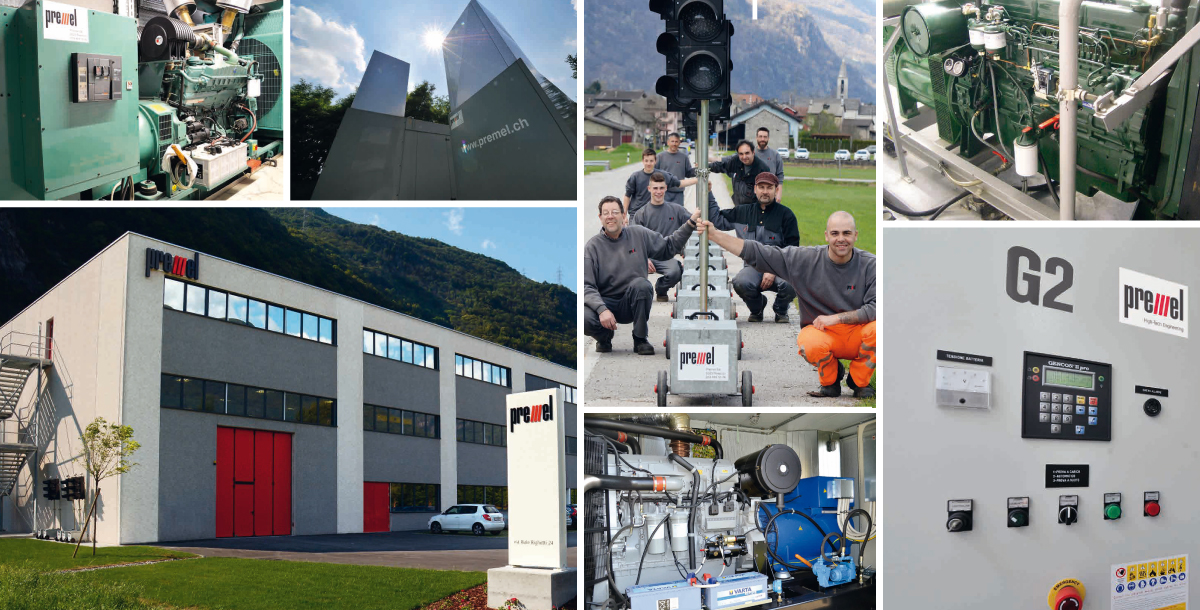There is a clear and urgent demand for renewable sources of energy given the soaring prices of petroleum products due to inadequate supply as a result of recent world events. In addition, the Paris Agreement of the UN Framework Convention on Climate Change (UNFCCC) sends a clear message “that the shift to a low-carbon economy is inevitable, and everyone must play their part.”
This challenge is posed particularly to the private sector to expand and bring new power engineering products and solutions to the hydropower market. One such source of renewable power is hydropower which the UNFCCC recognizes as “a cornerstone of the renewable energy mix.”
Premel, has humbly built up a comprehensive track record in the hydroelectric power market for decades now using its brand of hydro-mechanical engineering. The company, which designs, builds and operates hydroelectric plants with powers ranging from 20 kVA to 5 MVA, has put into operation over 60 plants across Switzerland. Hydroelectric power accounts for 70% of the world’s renewable generation capacity as of 2018 with overall efficiency of almost 90% from water to wire.
With hydroelectric power contributing around 17% of the world’s electric generation as of 2020, there is still a massive opportunity to further increase its share in world power generation. Premel is currently opening new markets and offering its services to other parts of Europe, Africa and the Middle East.
How a Hydropower System Works
Hydropower is produced as the energy extracted from water moving from higher to lower locations. It is the volume of the water flow and the change in elevation from one point to another which define the amount of available energy in a particular system. Hydroelectric power plants therefore are located on or near a water source.
The change in elevation is what is known as head. In general, the greater the water flow and the higher the head, the more electricity a hydropower plant can produce. From an elevated source, water flows through a pipe, or penstock, then pushes against and turns blades in a turbine to spin a generator to produce electricity. Simply put, energy is created using the force of water to turn turbines.
Advantages and Disadvantages of Hydroelectric Power
Like any other power system, hydropower has its own set of advantages and challenges.
Hydroelectric energy is a renewable source of energy since it uses water, which is naturally replenishing as a source of power. There is no greenhouse gas emitted during power generation when using water as a power source. When a hydropower plant is built, it does not pollute the atmosphere.

Hydroelectricity is a reliable source of energy since the system is designed to optimize water flow from rivers and dams in regulating electricity output based on demand. More energy is produced when energy demand is high, while water is diverted from turbines when demand is low to produce less energy. In addition, hydropower is a safe source of energy as the use of water as a power source prevents any risk of emissions causing diseases and other hazards.
Despite the numerous advantages of shifting to hydropower, there are some genuine concerns that need to be addressed along the way. Firstly, the construction of a hydroelectric facility can have some environmental impact such as flooding of dryland areas which could disrupt the habitat of local flora and fauna. In addition, the construction process in some systems may require changing the natural flow of water altering the supply of water of low-lying areas.
Secondly, the hydropower system could be seriously affected by drought or not enough water flowing into the power plant as drought becomes frequent in many areas due to environmental degradation or changing climatic conditions. This could cause potential delays in electricity generation and distribution.
Thirdly, hydropower plants, complete with dams, large pipes and turbines are believed to be costly to build compared to other renewables. Financing of a hydropower plant is not without challenges too given current financial market conditions.
Constructing a hydropower system therefore involves decisions that delicately balance risks and benefits, given limited resources and the challenge to care for the environment.
Premel with decades of experience in the hydropower market understands these challenges and capitalizes on the advantages of using a hydropower system. Premel offers its expert approach in developing a hydropower plant that is financially sound, environment-friendly and economically viable.
Premel’s Solution to Hydroelectric Power System Development
The planning stage of a hydroelectric power system is the most important step in the project development process. This is where Premel comes in to offer comprehensive assistance to the customer and guide them through. Premel services include evaluation of the location, conduct of the feasibility study, finding options for financing solutions, planning of the system and testing of all system components.
Premel experts work closely with customers to tailor fit solutions with their needs. The company believes that this is the only way to guarantee that the hydropower plant will generate economic added value while minimizing risks to the environment and other stakeholders.

In the commissioning phase, Premel is not only a partner for the assembly of the turbine and generator, but also for the laying of the pressure lines, the hydraulic steelwork and the installation of the electromechanical controls. Premel AG works with the world's most efficient suppliers when it comes to power plant technology. Premel in addition provides technical training of staff in systems operation and maintenance as part of its comprehensive service.
Premel has a highly specialized after-sales service team available 24 hours a day to perform regular checks and initiate remote maintenance orders to guarantee long-term economic maintenance of hydropower plants. Premel’s solution is based on smart hydro mechanical engineering approaches and guided by strict social, topographic and environmental considerations ensuring minimal impact on people and the environment.
The company is ISO 9001 certified which attests to the quality of its electromechanical engineering systems, products and services. The company’s approach to engineering solutions is highly compliant with Occupational Health and Safety and environmental guidelines thereby ensuring that environmental, social and governance (ESG) principles are met and improved.
If you want to learn more about the products and services of Premel, contact us here and one of the expert consultants from Premel will connect with you.
